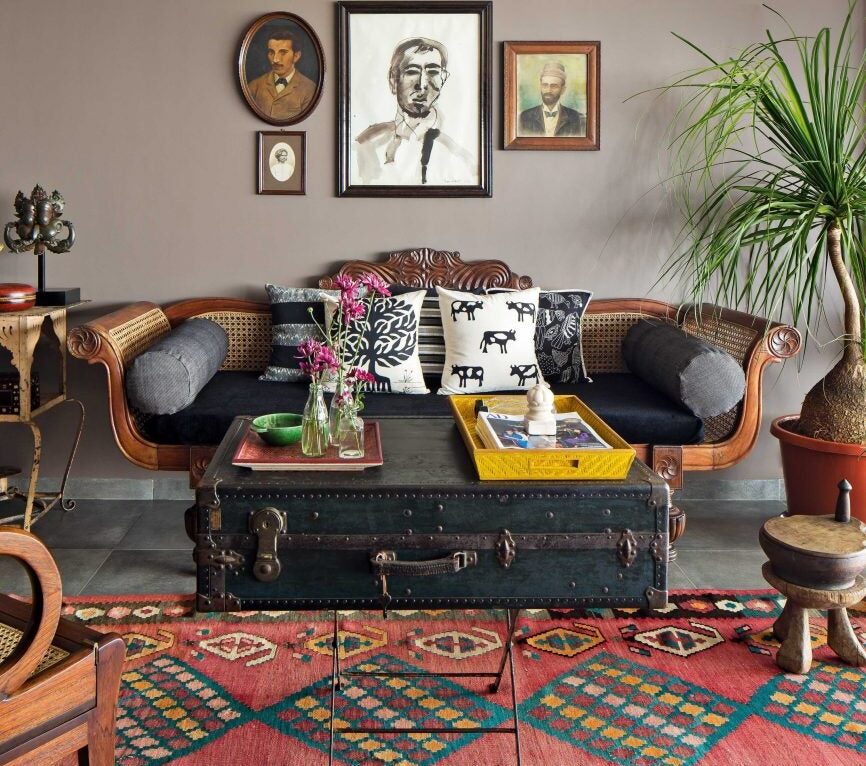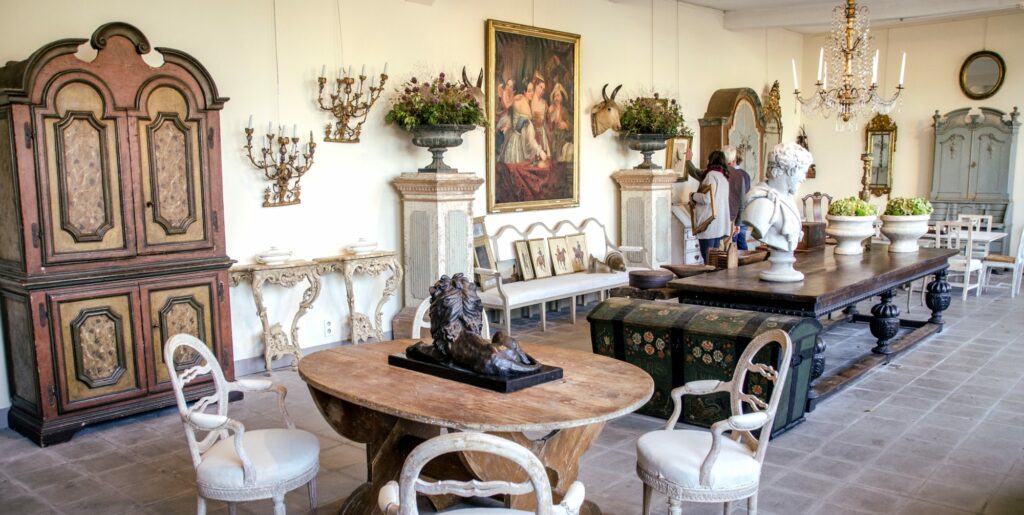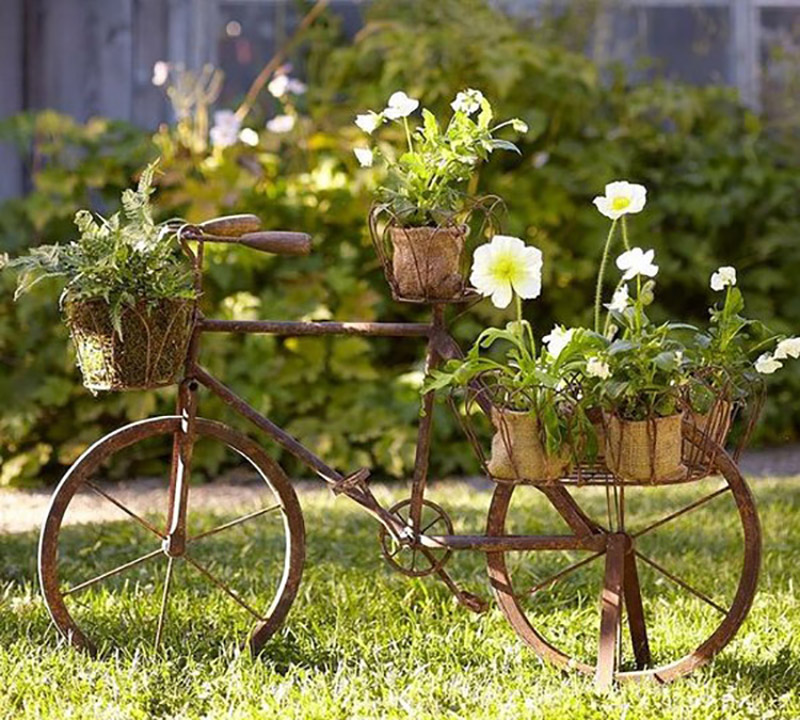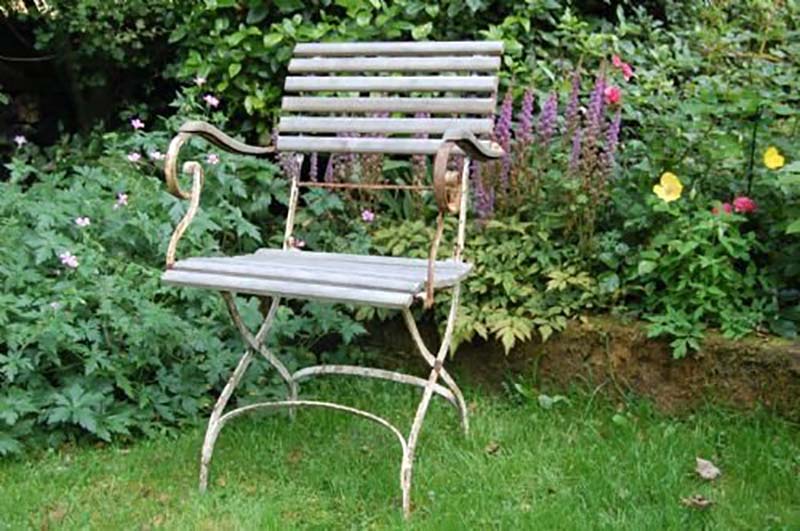
Decorating your home is something you can do to spice things up and give them a new look. Whether you live in a rented house, hostel, or any other place, you must find ways to make it feel like home. You can achieve this in many ways, such as by adding carpets, lights, etc.
However, one of the things that stand out when talking about decorating your home is antique furniture. Whether you have inherited some old grandfather clocks from great-grandpa or know someone who sells antiques, there are many ways that you can incorporate them into your home for an added touch of sophistication.
Below are some tips on decorating your home with antique furniture:
Research is fundamental
You want to avoid buying furniture and finding out it’s not antique. Why? Because then you will have to start the decoration process all over again. With that in mind, it’s essential that you do your research before you buy anything. Here are some things to look out for:
- Smell: If the furniture smells terrible, it’s not antique. Why? Because antique furniture is supposed to smell bad because it’s old. There are ways to eliminate the smell, but it’s not easy. So, if you smell a bad smell, the furniture is not antique.
- The color: Antique furniture usually doesn’t have vibrant colors. It’s usually a bit faded and hasn’t vibrant colors like those found in modern furniture. The color of the paint might also be different, such as black and white.
- Shape: The shape of the furniture should indicate that it’s old. For example, the shape of wooden furniture should be worn-out, while crystal furniture has patterns.
- The craftsmanship: The craftsmanship of the furniture should be of high quality. The design should also be well thought out.
Find the right place to display your antique piece.
When decorating your house with antique furniture, you should find the right place for each one. For example, you should find a place for the bed, the sofa, and the table.
- Bed: You can use an antique bed as a headboard in your bedroom.
- Sofa: You can use an old sofa as a bench.
- Table: You can use an antique table for placing your lamp, books, or other decorative items.
If you use an old bed or sofa, you should ensure that it’s sturdy enough to support the items you place on it. You should also make sure that the furniture is clean. If the furniture isn’t clean, then you should clean it before placing anything on it.
Read our article for those who plan to decorate a garden with antique furniture.
Mixing old pieces with modern ones
As we’ve mentioned above, you should find a place for each antique furniture piece in the house. However, you can keep some things antique. You can also use modern home furniture to add a modern touch.
For example, if you have an old table, you can use it as a side table or a lamp table and use a modern table as the main table. This will help to add a modern touch while keeping the old table. If you’re going to mix modern and antique furniture, then try to do it sparingly. You can put everything in the house in something other than antique furniture pieces. A few antique furniture pieces and the rest modern ones can do the trick.
Have a theme and stick to it
Having a theme in mind while decorating your home is essential. You can use antique furniture to decorate your home with a theme.
For example, you can use beach-themed furniture if you want a beach theme. Using a theme while decorating your house will help you to stay focused on one thing and make your house look consistent.
Match the Color of your Furniture
When decorating your home with antique furniture pieces, you should ensure that the color of your furniture matches the color of your home.
For example, if you’re decorating your home with a red and black theme, you should use red and black antique furniture pieces. If your furniture is red, it’s better to use black to make it consistent. It’s a good idea to use red and black together because they’re both bold colors that are easy on the eyes.
Find the proper lighting.
The lighting in your home plays a significant role when decorating your home with antique furniture. Some antique furniture pieces need to be in the shadows, while others need to be in the spotlight. For example, you can use a crystal chandelier as a spotlight in your living room and put it in the middle of the room.
You can also use a black chandelier as a spotlight, but it should be in the dark corner of the room. If you’re using a table lamp, then you can put it in the middle of the room to create a spotlight around the table.


